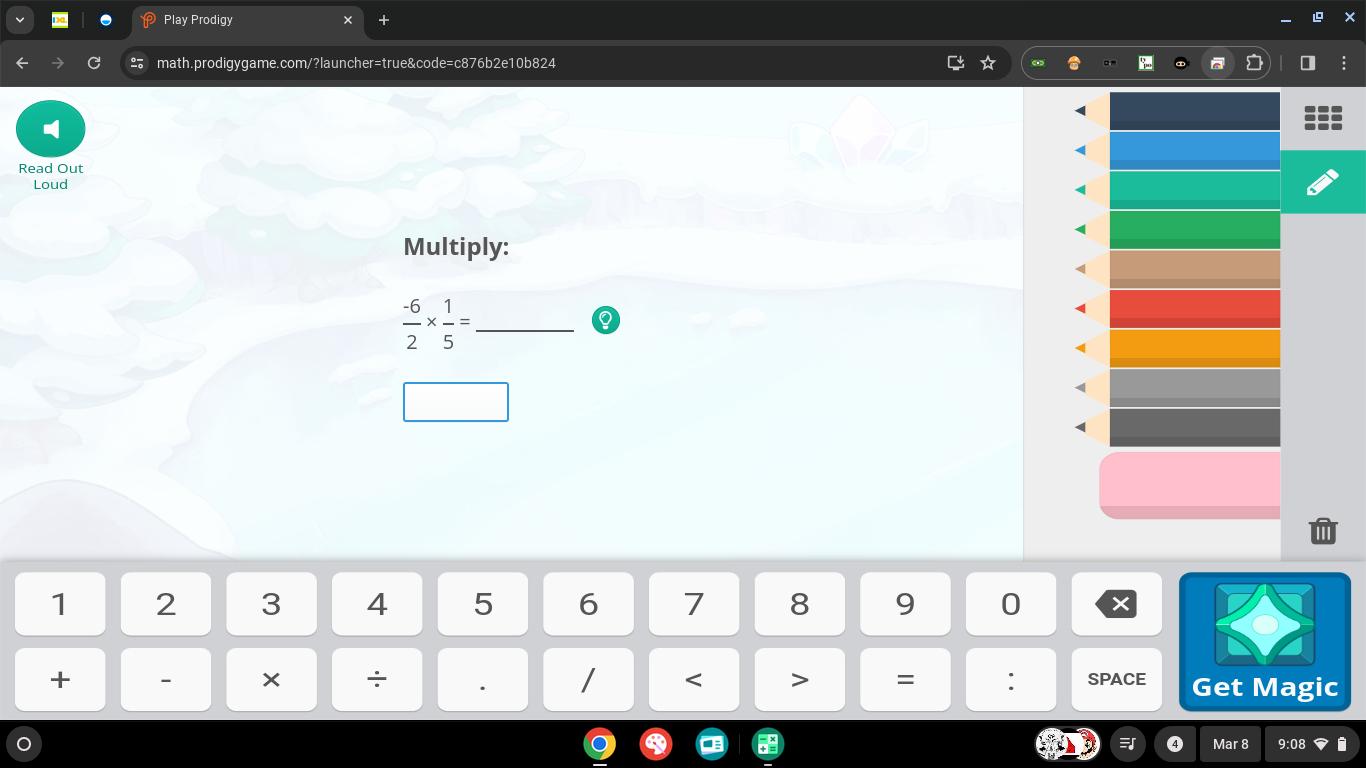AI tutor
Full solution
Q. Multiply:
- Identify Numbers and Signs: Identify the numbers to be multiplied and their signs. We have which is a negative number because the numerator is negative and the denominator is positive. We also have which is a positive number because both the numerator and the denominator are positive.
- Multiply Numerators: Multiply the numerators together. The numerator of the first fraction is and the numerator of the second fraction is . Multiplying these together gives us .
- Multiply Denominators: Multiply the denominators together. The denominator of the first fraction is and the denominator of the second fraction is . Multiplying these together gives us .
- Write Result as Fraction: Write the result as a fraction. The result from Step is the new numerator, and the result from Step is the new denominator. So we have over , which is written as .
- Simplify Fraction: Simplify the fraction if possible. We notice that both and are divisible by . Dividing the numerator and denominator by gives us .
More problems from Multiply integers
QuestionGet tutor help
QuestionGet tutor help
QuestionGet tutor help
QuestionGet tutor help
QuestionGet tutor help
QuestionGet tutor help

